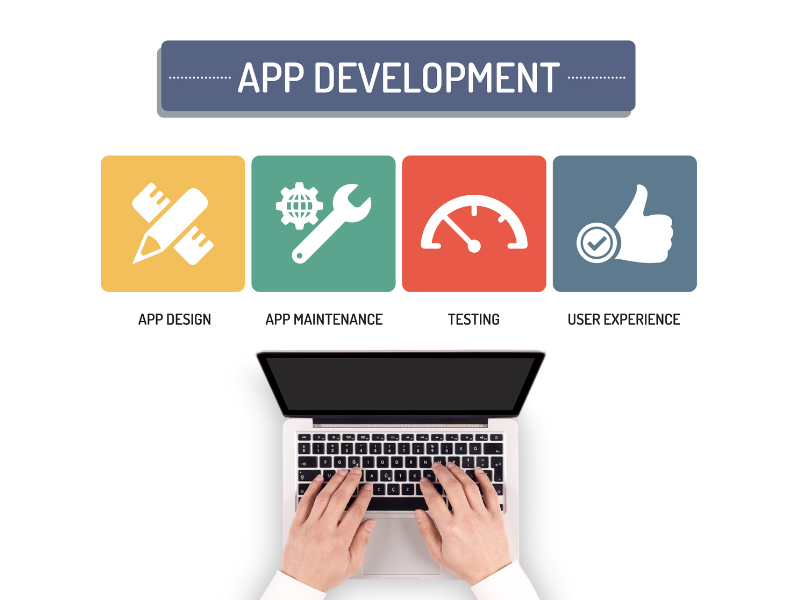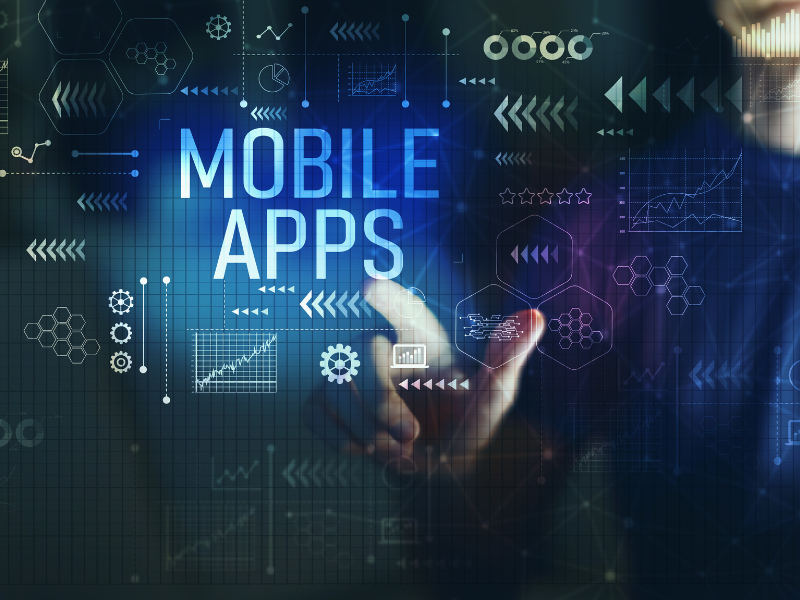Are you ready to dive into the exciting world of iOS development? With over 1.5 billion active Apple devices worldwide, the demand for well-designed and user-friendly iOS apps is at an all-time high. Whether you’re a beginner or an experienced developer, this comprehensive guide will take you through the entire process of creating stunning apps for iOS devices.
iOS Development: Unleashing Your Creativity

Before we start delving into the nitty-gritty of iOS development, let’s explore what makes it such a captivating field. With its sleek design, unparalleled user experience, and powerful capabilities, iOS has revolutionized the way we interact with technology. Whether you want to build a productivity app, a game, or a social networking platform, iOS provides the perfect platform to turn your ideas into reality.
Getting Started with iOS Development

Setting Up Your Development Environment
To kickstart your iOS development journey, you’ll need to set up your development environment. Follow these steps to ensure you’re ready to start building your first app:
- Install Xcode: Xcode is Apple’s integrated development environment (IDE) and is essential for iOS app development. Head over to the App Store and download Xcode for free.
- Understanding Swift: Swift is the programming language used for iOS development. It’s powerful, easy to learn, and offers a wide range of features that make app development faster and more efficient. Familiarize yourself with the basics of Swift to hit the ground running.
- Join the Apple Developer Program: To distribute your apps on the App Store, you’ll need to join the Apple Developer Program. This program provides access to essential resources, such as beta releases, app analytics, and marketing tools.
Exploring the iOS Development Environment
Now that you have your development environment set up, let’s explore the key components of iOS development:
- Xcode: Xcode is your go-to tool for creating iOS apps. It provides a user-friendly interface for designing, building, and testing your applications. Familiarize yourself with Xcode’s interface, and explore its features, such as the code editor, storyboard designer, and simulator.
- Interface Builder: Interface Builder allows you to design the user interface of your app visually. Drag and drop elements, customize their appearance, and connect them to your code using Interface Builder. It’s a powerful tool that streamlines the app design process.
- Simulators: Xcode includes simulators for various Apple devices, allowing you to test your app without needing physical devices. Take advantage of these simulators to ensure your app looks and functions as intended on different screen sizes and resolutions.
iOS Development Techniques and Best Practices

Building User Interfaces with UIKit
- Understanding Views and View Controllers: Views and view controllers are the building blocks of your app’s user interface. Master the concepts of UIKit, Apple’s user interface framework, to create visually stunning interfaces that are both intuitive and responsive.
- Auto Layout: Auto Layout is a powerful feature that enables your app to adapt to different screen sizes and orientations. Use constraints to define the relationships between your UI elements, ensuring your app looks great on all iOS devices.
- Animations and Transitions: Bring your app to life with engaging animations and transitions. Whether it’s a subtle fade-in effect or a complex interactive animation, UIKit provides extensive support for creating visually appealing user experiences.
Working with Data and APIs
- Core Data: Core Data is Apple’s framework for object-relational mapping. It allows you to persist data locally, making it available even when the app is offline. Master Core Data to build powerful data-driven iOS apps.
- Networking and APIs: Most modern apps require data from external sources. Learn how to make network requests, parse JSON, and integrate data from RESTful APIs into your iOS app. Don’t forget to handle error scenarios and ensure a seamless user experience.
Integrating Device Features
- Camera and Photos: Take advantage of the advanced camera capabilities of iOS devices. Capture photos, record videos, and integrate with the Photos app to enhance the functionality of your app.
- Location Services: Leverage the power of Core Location to incorporate location-based features into your app. Whether it’s displaying nearby points of interest or tracking user movements, understanding location services is crucial for many app categories.
- Notifications: Keep your users engaged and informed with push notifications. Learn how to integrate Apple’s push notification service into your app, enabling you to send personalized messages and updates to your users.
FAQs

Q: What programming language is used for iOS development?
Swift is the programming language used for iOS development. It offers a modern and intuitive syntax, making it easier for developers to write clean and efficient code.
Q: Do I need to own a Mac to develop iOS apps?
Yes, iOS development requires a Mac computer since Xcode, the primary development tool, is only available for macOS.
Q: Can I develop iOS apps using Windows?
While you can’t develop iOS apps directly on a Windows machine, you can use virtualization software, such as VMware or Parallels, to run macOS on a Windows PC.
Q: How long does it take to learn iOS development?
The time required to learn iOS development depends on various factors, including your prior programming experience and the complexity of the app you want to build. With dedication and consistent practice, you can gain a solid understanding of iOS development in a few months.
Conclusion
iOS development is an exhilarating journey that allows you to unleash your creativity and build apps that make a difference in people’s lives. From setting up your development environment to mastering key iOS development techniques, this guide has equipped you with the knowledge and resources you need to get started. Embrace the challenges, keep learning, and let your imagination soar as you embark on your iOS development adventure. Happy coding!
